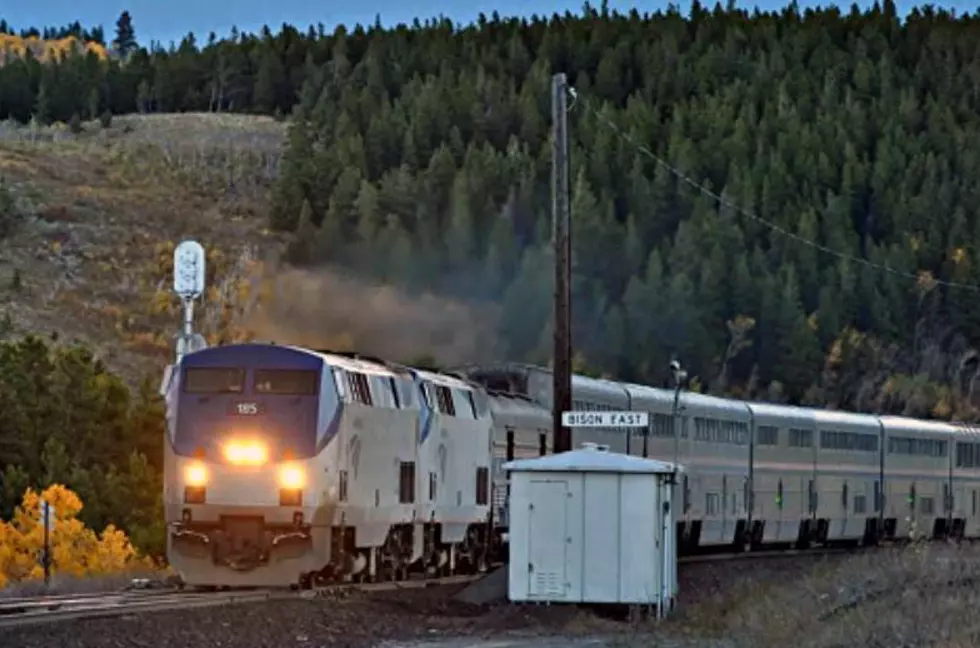
With funding available, Montana rail authority waiting for federal study
Martin Kidston
(Missoula Current) A federal funding package intended to expand and modernize intercity passenger rail is just one piece of a larger package being watched by the Big Sky Passenger Rail Authority, it's chairman said.
The U.S. Department of Transportation last week announced nearly $2.3 billion in funding to improve existing rail corridors and create new ones to boost intercity passenger and high-speed rail projects across the country.
Missoula County Commissioner Dave Strohmaier, who chairs the Big Sky Passenger Rail Authority, said the new round of funding draws from a larger $12 billion bill earmarked for passenger rail enhancements.
“Our goal is on the restoration of the North Coast Hiawatha route, which could tap into this $12 billion pot of money once the long-distance study is completed in November of 2023, and if our route is recommended to Congress for restoration,” Strohmaier said.
Strohmaier has visited with federal transportation and rail officials and remains optimistic that the North Coast Hiawatha will be included on a list of routes worthy of federal investment, along with the Pioneer route that once connected Salt Lake City to Seattle with stops in Pocatello, Boise and Portland.
If the Hiawatha route is recommended, Strohmaier said the Montana rail authority would seek 100% federal funding.
“This is akin to current state-supported systems, but what we and other long-distance passenger rail proponents are advocating are not state-supported routes, but Amtrak long-distance routes, which are solely a federal responsibility,” Strohmaier said.
In announcing last week's funding, U.S. Transportation Secretary Pete Buttigieg said it represented the biggest investment in passenger rail service in more than 50 years.
But Montana rail advocates, and those in surrounding regions, are waiting anxiously for the federal Amtrak Daily Long-Distance Service Study next year. If the study recommends the North Coast Hiawatha, funding would be available to restore service.
“Twenty percent of the $12 billion must be used for long-distance service restoration and enhancement, and we’ll be angling for the North Coast Hiawatha route to be fully funded out of that,” Strohmaier said.
